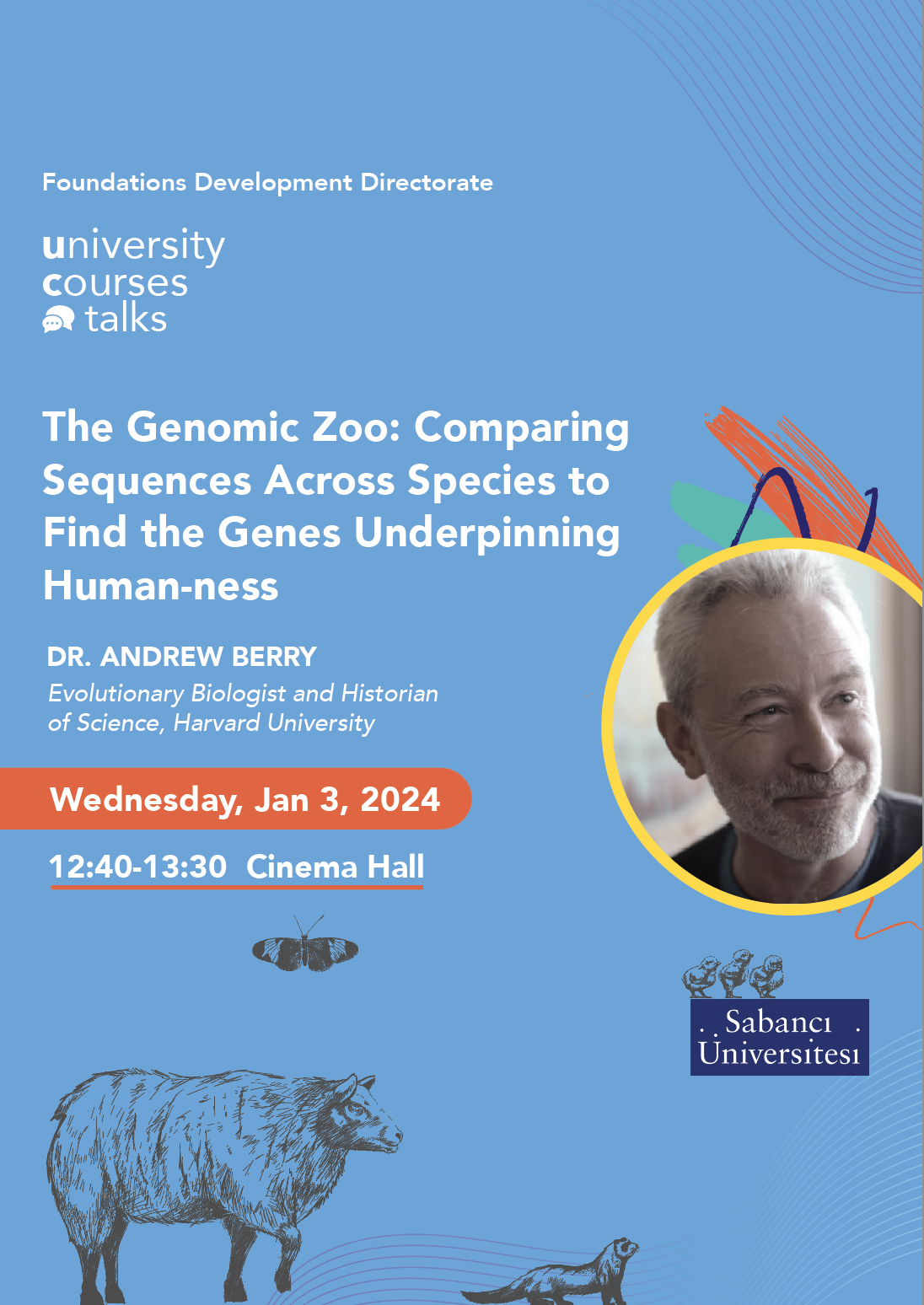

The Genomic Zoo: Comparing Sequences Across Species to Find the Genes Underpinning Human-ness
Humans and our closest living relatives, the Chimpanzees, have a most recent common ancestor dating to about 7 million years ago. Over the course of those 7 million years of Hominin evolution, the key features that make humans human arose. We know from the fossil record that bipedalism came first and the evolution of large brain size occurred over the second half of that 7 million year period. How do we identify the genes that are involved? What are the genetic changes that make the human being such a special animal? A powerful comparative approach has recently taken a major step forward with the publication of the so-called Zoonomia Project, the sequencing of the genomes of over 400 mammal species. By aligning genomes, we can identify, through sequence conservation, genomic regions of functional importance. Occasionally, however, we find that a region that is otherwise conserved across mammals, has undergone extensive evolutionary change on the human branch of the mammalian family tree. These Human Accelerated Regions (HARs) are strong candidates in our hunt for the genes underpinning human-ness: a change of function in our lineage has resulted in human-specific evolutionary pressures. Comparative genomics holds the key to understanding how humans evolved.
Andrew Berry bu konuşmayı Ocak 2024’te UC Talks serisi kapsamında gerçekleştirdi.
UC Talks sayfasına geri dönmek için tıklayın.